What is 3D printing?
THIS ISN’T JUST A NEW TECHNOLOGY; IT’S A SECOND INDUSTRIAL REVOLUTION
A few years ago, to most people, 3D printing sounded like science fiction. It’s actually been around for a while – the first working 3D printer was built in Japan in 1981, although the way it worked was very different from modern ones – but it’s only in the last few years it’s started to become widespread. When the current technology first appeared in the late 80s machines cost tens of thousands of pounds and only a few large companies could afford them. Now you can buy one on Amazon for less than £300, about what a decent black and white laser printer cost ten years ago. If they keep developing at this pace, in a few years they could be as common as laser printers are today.
The principle behind 3D printers is quite simple. When you send a document or image to an inkjet the print driver breaks it down into lines, and the printer creates it on paper one line at a time. A 3D device does the same with a computer-generated shape; the software or driver breaks it into layers, rather than lines, and creates it one layer at a time. But instead of spraying ink onto paper it deposits thin layers of material – usually plastic – onto a work table. By adding layers on top of each other it can build up a complex shape. Most printers have a single head but some have multiple heads; that means they can be loaded with different colours, or even different materials. Various plastics, rubber, some metals and even wood-filled compounds can be printed. You can make a metal casing with plastic gears inside, for example. If you’re making a case for an electronic device you can print parts of the circuit inside the walls of the case.
So what is 3D printing good for? A lot of the activity right now is from hobbyists, who just enjoy playing with the hardware and creating printable models they can share. Some printers are capable of partly replicating themselves – they can print a lot of their own parts. In some cases that goes as far as being able to turn standard circuit boards into the specialised controllers they use.
There are more serious uses already, though. A 3D printer is a perfect prototyping tool. A lot of the cost of developing a new product is in testing and refining the original design, eliminating problems as they’re discovered. Having a small run of plastic parts made costs a fortune – the moulds for ten prototypes cost as much as the moulds for a production run of a million. It gets even worse if there’s a fault and you need to have new moulds made next week. Now you can print the prototypes instead, and only move to moulding when the design is perfect.
In the future there are even more possibilities. Imagine breaking the door handle on your fridge; instead of ordering an expensive replacement and waiting for it to be delivered you just go online, download the model and send it to your printer. An hour later the new handle is ready to be fitted. Even current 3D printers can make many small items and replacement parts that can be used around the home. It’s not always cost effective, but print materials are getting cheaper along with the hardware. Home 3D printing could make a huge difference to the way we shop and the way we live.

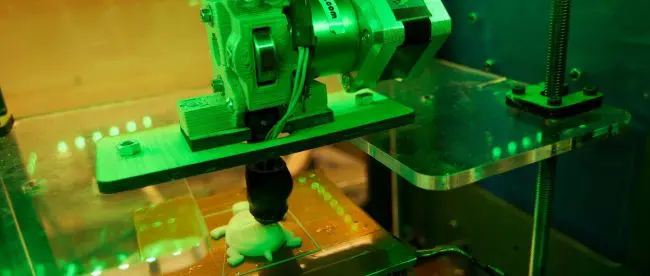
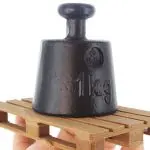
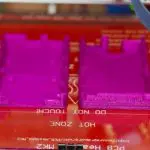


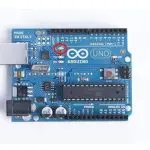
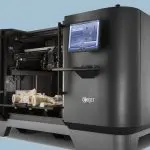
Leave a comment
You must be logged in to post a comment.